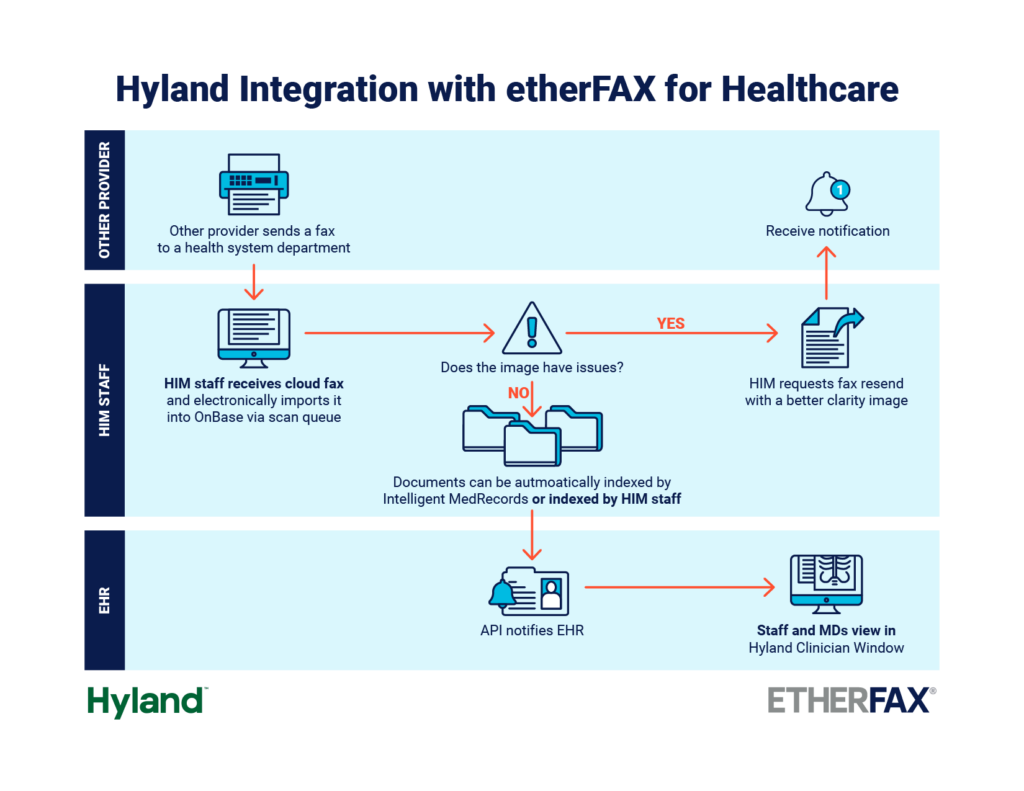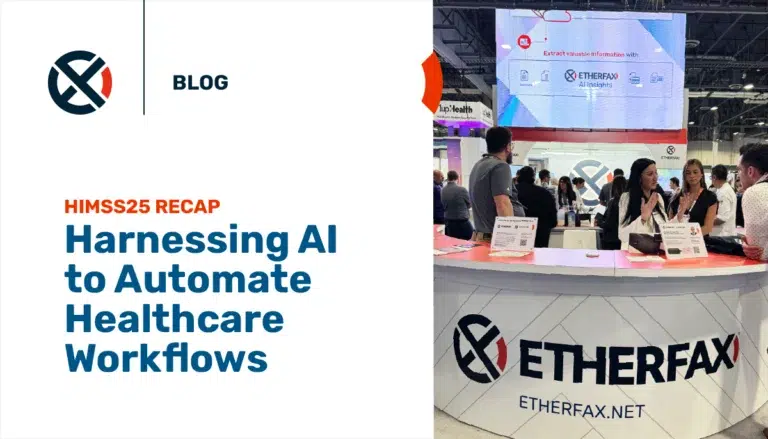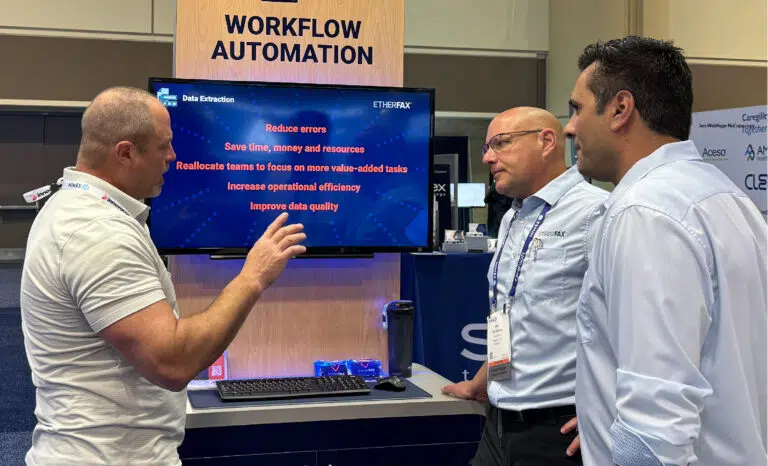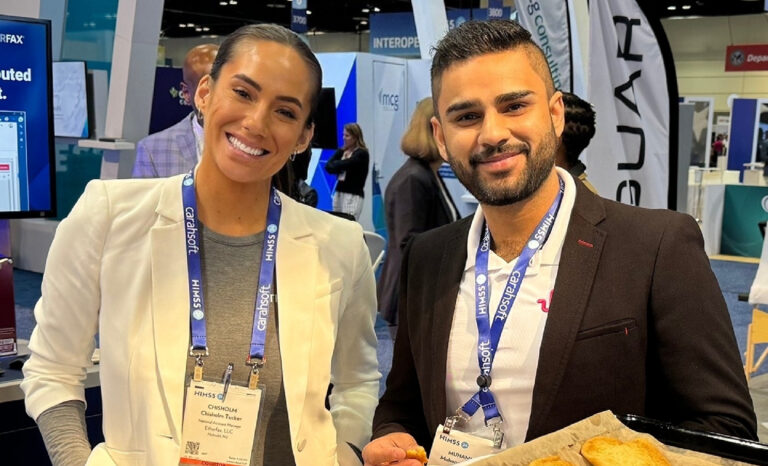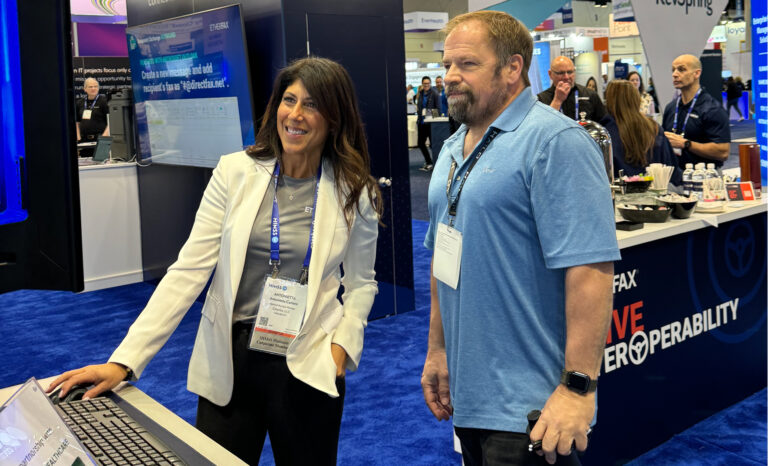The 2024 HIMSS Global Health Conference and Exhibition served as a pivotal platform for healthcare and technology professionals to connect, share knowledge, and explore groundbreaking advancements shaping the future of healthcare. This year’s event brimmed with thought-provoking discussions and cutting-edge innovations, all revolving around a few central themes that will undoubtedly influence the trajectory of healthcare delivery in the years to come.
Partnerships within Healthcare
As we look at the landscape of healthcare it is becoming more noticeable that partnerships will help shape the future of healthcare and create the advancements that will help improve patient care. Collaboration will be essential to identify gaps in technology that will allow for partnerships to bring solutions to market more quickly to provide platforms that will focus on improving quality of care and reducing costs across all segments within healthcare as organizations focus on the digital transformation of care. In the past, you may have had one organization focusing on creating their own solution and not concerned about how others were approaching the market. Now, you may have two or three organizations coming together to create a better solution focusing on specific pain points facing the industry. Overall, partnerships within healthcare play a crucial role in driving innovation, improving access to care, and addressing complex healthcare issues. By fostering collaboration among diverse stakeholders, these partnerships contribute to the advancement of healthcare delivery and the well-being of individuals and communities. Check out how our integration with Hyland helps healthcare organizations securely exchange patient data:
AI & Workflow Automation
As I walked the Halls of HIMSS 2024 in Orlando, I couldn’t help but notice the common theme of AI and workflow automation. It was in front of you at every turn from aisle to aisle, row to row. It surrounded the “puppy park” and each organization had their own definition of AI or automation. If you asked each attendee or exhibitor their definition, you would probably get a different answer to the question. If we don’t have a common understanding what the definition is, how does someone go about implementing the solution into their environment and in parallel check the box when it comes to implementing a solution that addresses the specific pain point to the organization, and ensure what you implemented is secure and safe to the organization and the patients they serve. Overall, AI and workflow automation holds tremendous promise for transforming healthcare delivery by enhancing clinical decision-making, improving operational efficiency, and ultimately, delivering better outcomes for patients. However, it’s essential to address challenges such as data privacy, ethical considerations, and ensuring that AI technologies are implemented in a way that complements and augments the expertise of healthcare professionals.
A Notable Shift: Increased Government Presence
This year’s HIMSS conference also highlighted a significant trend: an increased presence of government entities. This shift underscores a growing recognition of the importance of public and private sector collaboration in shaping the future of healthcare. The involvement of government agencies not only brings a new dimension to the dialogue on healthcare innovation but also emphasizes the critical role of regulatory frameworks and support in facilitating these advancements. As we move forward, the synergy between public and private sectors will undoubtedly play a pivotal role in overcoming challenges and leveraging opportunities within the healthcare landscape.
In summary, the journey through HIMSS24 offered a vivid snapshot of the current state and future direction of healthcare technology. From the emphasis on partnerships and collaborative innovation to the spotlight on AI and workflow automation, and the notable increase in government involvement, it’s clear that the healthcare industry is on the cusp of a transformative era. As we navigate these changes, the focus must remain on fostering an environment that encourages innovation while ensuring the safety, security, and well-being of all stakeholders involved.

